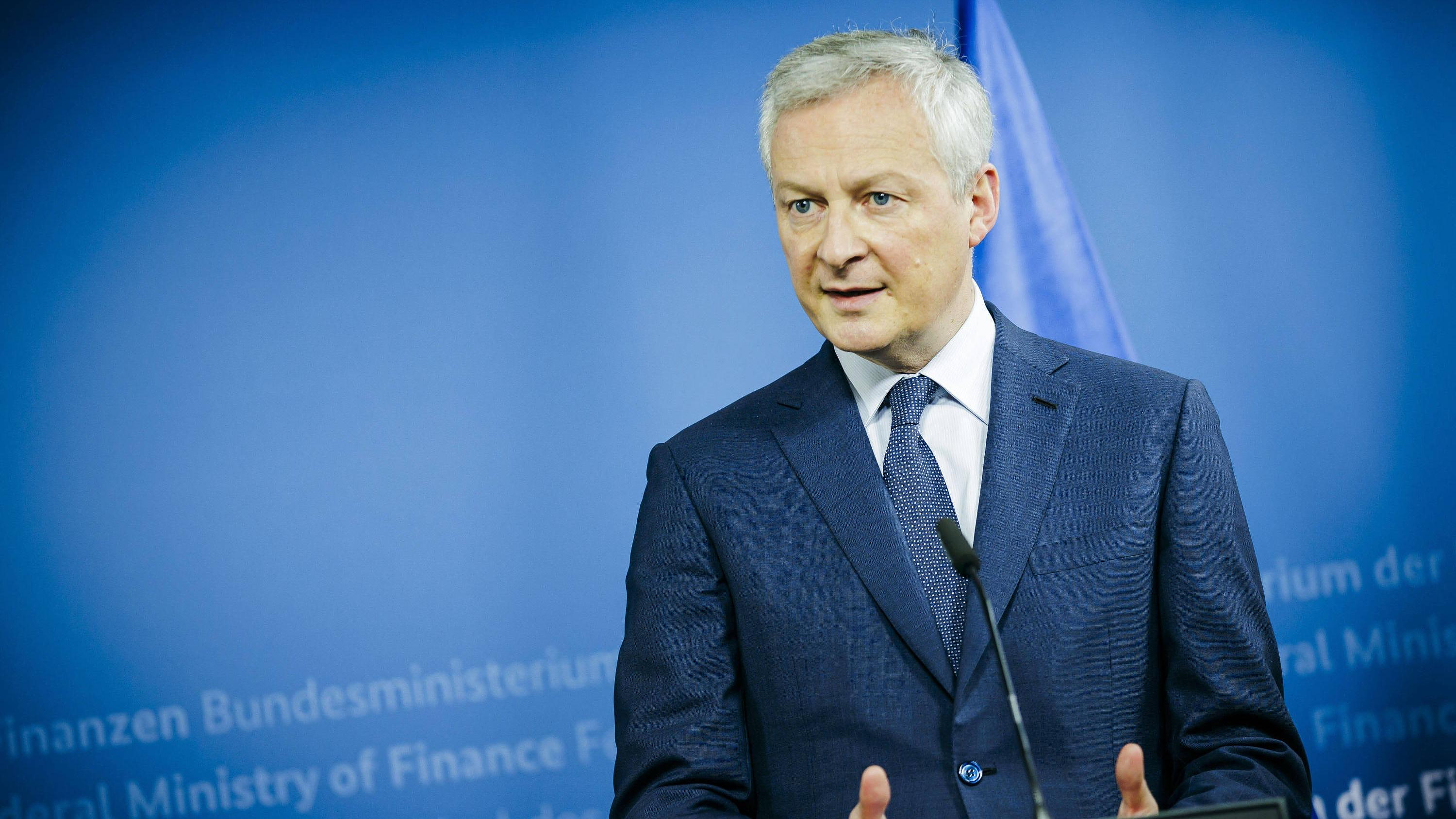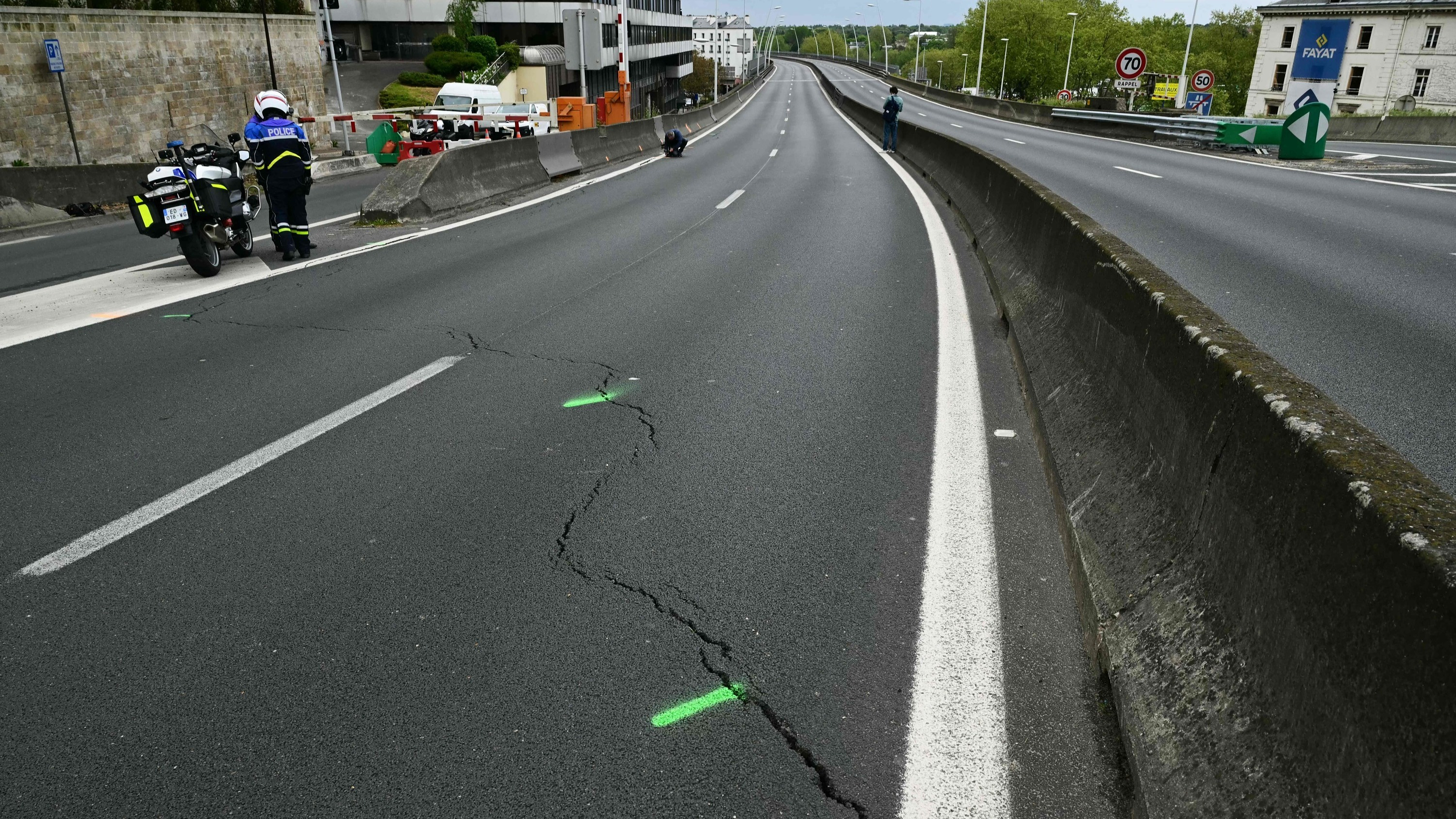After six months of stagnation, INSEE sees French growth coming out of its hibernation step by step. “Overall, the horizon is brightening a little at the start of 2024,” says Dorian Roucher, new head of the institute’s economics department. We are seeing a very moderate recovery. » INSEE therefore expects gross domestic product (GDP) to grow by 0.2% in both the first and second quarters. At this modest rate, the growth achievement at the end of the first half of the year, that is to say the growth for the whole of 2024 if activity did not change by more than one iota from June to December , would be 0.5%.
Suffice to say that the government hypothesis set in the 2024 budget, voted in December, of growth of around 1.4% no longer holds water. To achieve this objective, taking into account forecasts for the first half, activity should increase by 1.2% in the third, then in the fourth quarter. A challenge that no economic forecaster believes in. In its latest forecasts, dating from the beginning of the week, the OECD expected annual growth of only 0.6% for France, down 0.2 points compared to its November projections, and 0. 6 points compared to those of September. The Banque de France, for its part, is aiming for an increase in activity of 0.9% this year.
At Bercy, everyone is well aware that there is an urgent need to revise the macroeconomic framework. The ministry's economists, at the Treasury, have already run their spreadsheets, and the announcement of the new growth objective is expected in the coming days, ideally next week if the planets are aligned with Matignon and the Élysée.
Also read: The “budget tour of France”, the grassroots offensive by majority elected officials
This is not just the vanity of economists. This revised growth figure will result in a severe rereading of the budgetary trajectory. The exercise looks painful. Initially, in order to meet its deficit objective of 4.4% of GDP, the executive had to make 12 billion in savings, which still remained to be identified. A lower level of GDP will mechanically increase the pressure on public spending, placing the government before an impossible alternative: giving up on its public finance trajectory and risking the deterioration of its debt or passing tough reforms which could fuel protests in the country. Street.
Only a surprise burst of activity would loosen the grip of the executive. Unfortunately, the economy's ability to rebound seems very modest. Growth in the first half of the year would indeed rely on the solid but restrained engine of the return of consumption. It “would benefit from gains in purchasing power in the first half thanks to the fall in inflation, particularly concerning food products and thanks to the dynamics of wages and social benefits, revalued on past inflation”, write the economists of INSEE. After 3.1% in January, the price rise should continue to slow down. In June, it is expected to be around 2.5%.
On this horizon, it would be “the prices of services, driven by wage dynamics”, which would primarily support inflation. Conversely, food prices would begin to stabilize. Price increases for this segment would stand at 1.5% in June, compared to 5.7% in January, after a peak of around 16% in spring 2023. INSEE expects a stable savings rate, around by 17%. “A more rapid decline in the savings rate would support growth,” acknowledged Dorian Roucher. But, in the current context, nothing really suggests, at least for the moment, such a surge of confidence.
On the business side, the landscape appears surprisingly heterogeneous at the start of the year. Thus the industry, where the branches traditionally evolve in concert due to their interdependencies, is moving forward at the start of the year in a dispersed order. The business climate is favorable in transport equipment, but has deteriorated significantly in the food industry, due to the drop in consumption. This disparity conveys the image of a hesitant economic situation, with a still fragile rebound. However, one anomaly seems to be resolved at the start of the year. The employment climate, which was hovering well above that of business, is gradually returning to the same level.
The rapid increase in rates over the past eighteen months continues to weigh on investment and partly explains the increase in business insolvencies. It is of course real estate and construction which are suffering the most from the tightening of financing conditions. Household property purchases, already down 1.4% year-on-year in the fourth quarter, are expected to continue to deteriorate. Only a relaxation of key rates by the European Central Bank (ECB), which is not expected before the spring, would make it possible to revive investment.

 In Russia, Vladimir Putin stigmatizes “Western elites”
In Russia, Vladimir Putin stigmatizes “Western elites” Body warns BBVA that "the Government has the last word" in the takeover bid for Sabadell
Body warns BBVA that "the Government has the last word" in the takeover bid for Sabadell Finding yourself face to face with a man or a bear? The debate that shakes up social networks
Finding yourself face to face with a man or a bear? The debate that shakes up social networks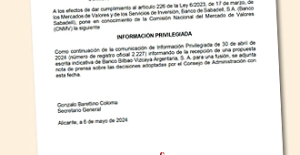 Sabadell rejects the merger with BBVA and will fight to remain alone
Sabadell rejects the merger with BBVA and will fight to remain alone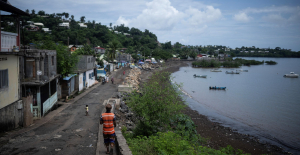 Fatal case of cholera in Mayotte: the epidemic is “contained”, assures the government
Fatal case of cholera in Mayotte: the epidemic is “contained”, assures the government The presence of blood in the urine, a warning sign of bladder cancer
The presence of blood in the urine, a warning sign of bladder cancer A baby whose mother smoked during pregnancy will age more quickly
A baby whose mother smoked during pregnancy will age more quickly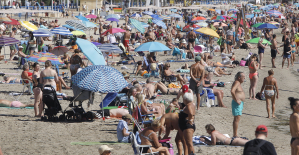 The euro zone economy grows in April at its best pace in almost a year but inflationary pressure increases
The euro zone economy grows in April at its best pace in almost a year but inflationary pressure increases Apple alienates artists with the ad for its new iPad praising AI
Apple alienates artists with the ad for its new iPad praising AI Duration, compensation, entry into force... Emmanuel Macron specifies the contours of future birth leave
Duration, compensation, entry into force... Emmanuel Macron specifies the contours of future birth leave Argentina: the street once again raises its voice against President Javier Milei
Argentina: the street once again raises its voice against President Javier Milei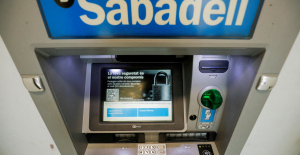 Spain: BBVA bank announces a hostile takeover bid for its competitor Sabadell
Spain: BBVA bank announces a hostile takeover bid for its competitor Sabadell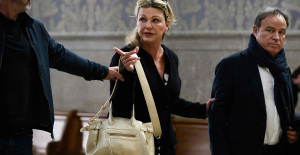 Jeane Manson released from hospital Friday after heart attack
Jeane Manson released from hospital Friday after heart attack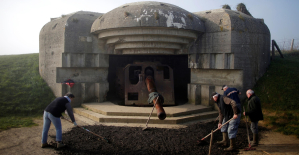 In Normandy, frescoes and bunkers from 1939-1945 come back to life in bars, lodges and exhibitions
In Normandy, frescoes and bunkers from 1939-1945 come back to life in bars, lodges and exhibitions In an Austrian concentration camp, the ghosts of the deportees summoned by Chiharu Shiota
In an Austrian concentration camp, the ghosts of the deportees summoned by Chiharu Shiota Tax fraud: Shakira is done with her legal troubles in Spain
Tax fraud: Shakira is done with her legal troubles in Spain Omoda 7, another Chinese car that could be manufactured in Spain
Omoda 7, another Chinese car that could be manufactured in Spain BYD chooses CA Auto Bank as financial partner in Spain
BYD chooses CA Auto Bank as financial partner in Spain Tesla and Baidu sign key agreement to boost development of autonomous driving
Tesla and Baidu sign key agreement to boost development of autonomous driving Skoda Kodiaq 2024: a 'beast' plug-in hybrid SUV
Skoda Kodiaq 2024: a 'beast' plug-in hybrid SUV The home mortgage firm rises 3.8% in February and the average interest moderates to 3.33%
The home mortgage firm rises 3.8% in February and the average interest moderates to 3.33% This is how housing prices have changed in Spain in the last decade
This is how housing prices have changed in Spain in the last decade The home mortgage firm drops 10% in January and interest soars to 3.46%
The home mortgage firm drops 10% in January and interest soars to 3.46% The jewel of the Rocío de Nagüeles urbanization: a dream villa in Marbella
The jewel of the Rocío de Nagüeles urbanization: a dream villa in Marbella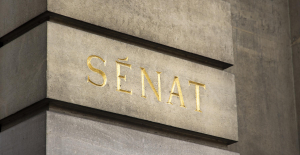 Institutions: senators want to restore the accumulation of mandates and put an end to the automatic presence of ex-presidents on the Constitutional Council
Institutions: senators want to restore the accumulation of mandates and put an end to the automatic presence of ex-presidents on the Constitutional Council Europeans: David Lisnard expresses his “essential and vital” support for François-Xavier Bellamy
Europeans: David Lisnard expresses his “essential and vital” support for François-Xavier Bellamy Facing Jordan Bardella, the popularity match turns to Gabriel Attal’s advantage
Facing Jordan Bardella, the popularity match turns to Gabriel Attal’s advantage Europeans: a senior official on the National Rally list
Europeans: a senior official on the National Rally list These French cities that will boycott the World Cup in Qatar
These French cities that will boycott the World Cup in Qatar Champions League: when a superstitious supporter brings luck to Real Madrid
Champions League: when a superstitious supporter brings luck to Real Madrid WRC: Neuville in the lead in Portugal after the first special
WRC: Neuville in the lead in Portugal after the first special Atalanta-OM: in video, the beautiful Ruggeri strike in the top corner of Lopez
Atalanta-OM: in video, the beautiful Ruggeri strike in the top corner of Lopez Tennis: expeditious, Swiatek qualifies for the 3rd round in Rome
Tennis: expeditious, Swiatek qualifies for the 3rd round in Rome